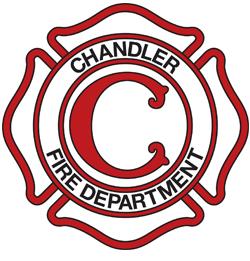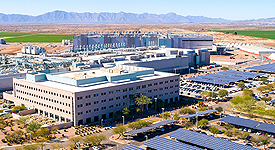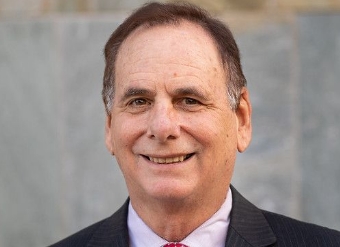
CHANDLER, Ariz. – The Chandler Fire Department will continue to offer voluntary cancer screening to its first responders as the latest in a series of measures to reduce and mitigate firefighter exposure to carcinogens.
The Chandler City Council renewed the agreement with Vincere Cancer Center for enhanced cancer prevention and diagnosis services in an amount not to exceed $550,000 through June 2025. Those services provide Chandler Fire personnel with access to a wide variety of screenings, scans, blood work and other tests for early detection of cancers. The agreement with Vincere Cancer Center can be extended annually for services to continue through June 2029.
Chandler Fire has experienced high rates of participation and success since launching the cancer screening program in November 2022. The latest screening had a 94 percent participation rate and identified 19 significant findings, including eight positive cancer diagnoses.
These cancer screening services add to the menu of mitigation steps that have been taken by the Chandler Fire Department to limit exposure to carcinogens found in smoke and off gassing chemicals and materials.
Chandler’s efforts begin on the scene of incidents through procedures and personal protective equipment that reduce firefighter exposure to hazardous substances. Firefighters then take extensive decontamination measures after incidents and training exercises as well as report exposures to smoke and other combustible materials.
Each firefighter is outfitted with two complete sets of turnouts so that one set can be cleaned after an exposure. Chandler Fire also has purchased extractors, a type of powerful washing machine, for each fire station to expedite the cleaning process for turnouts. Turnouts and boots remain in the apparatus bay to avoid decontamination of the firefighter’s living quarters.
Even the design and use of fire stations have been altered to incorporate transition rooms and create distance between the apparatus bay and firefighter living quarters, which further limits exposure to diesel fumes and hazardous substances.



